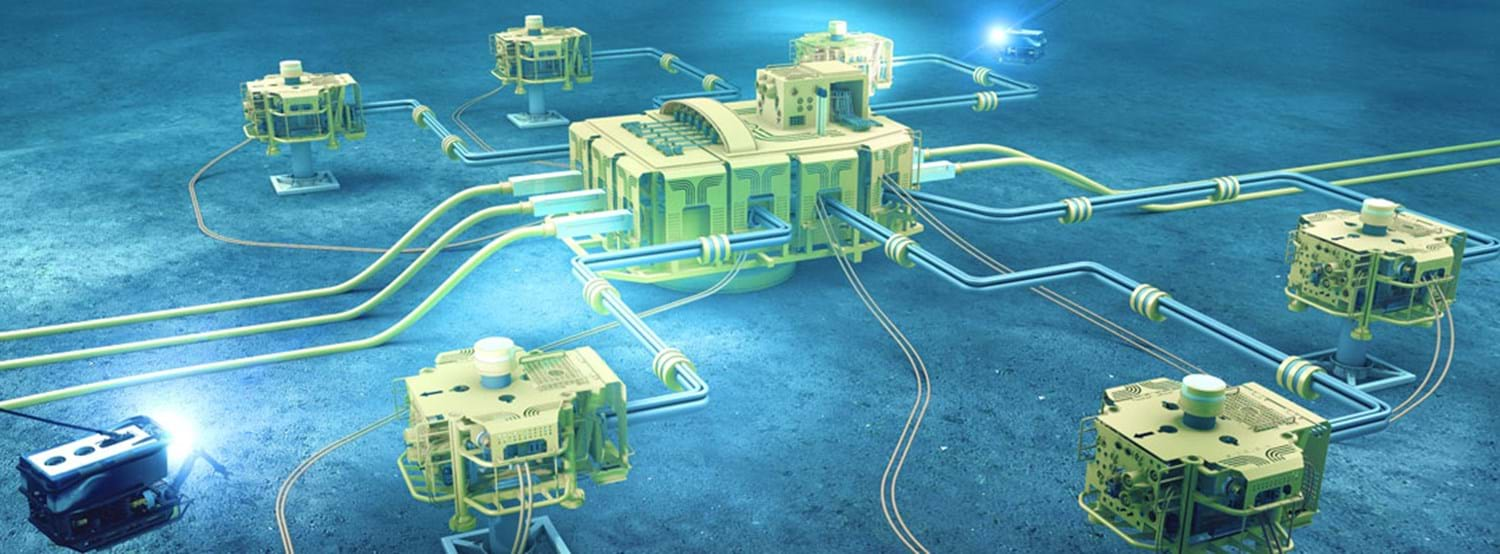Putting the DNV GL-RP-O101 to Work

Oil companies and major subsea contractors are well underway with the use of the Recommended Practice (RP) for Standardised Subsea Documentation one year after its release. The RP has given large savings in both documentation volumes and review cycles.
Last month, DNV GL arranged a workshop to review the status and the way ahead for the RP one year after launch. Oil companies and subsea contractors were present and shared some of their experiences so far.
Jarl S. Magnusson, Project Manager at DNV GL has followed some of the projects that have used the RP. – We have seen that the main benefits are to be found in the reduction of the total number of documents, the number of document types and not to mention the document handling time, especially with regards to the reduction of review cycles. Re-use of documents, use of standard documents and retained documents have also played an important role, Magnussen says.
Subsea Alliance
Aker BP has worked on implementing the RP together with Aker Solutions and Subsea 7 in their Subsea Alliance. Magnusson reported that they have looked at shared profit/loss incentive schemes, joint reviews, joint audits, and shared archiving.
– They have even made their own set of ‘Golden rules’ and a training programme on how to get the most out of the RP. On the Ivar Aasen project they estimate that the cost savings on document handling will be quite substantial, states Magnussen.
Statoil
Mona Nøstvold, LCI Lead for Statfjord, Snorre and Sleipner reported that Statoil first used the draft RP for Johan Sverdrup before implementing the final RP in their internal procedures.
The RP is being used for both Johan Castberg and for the Snorre Expansion. In addition to their own internal implementation, they have also worked with the contractors to help them with scoping documentation requirements towards the equipment suppliers. This is in line with the intentions of the RP. Statoil feels that the RP has been a success, especially the fact that the process has been a joint effort between operators and contractors.
One area that is still subject to some discussion is how to treat retained MRB's, specifically how to ensure accessibility and traceability of MRB's over time.
Subsea Contractors
Both Aker Solutions and TechnipFMC have been very active in the development and use of the RP. TechnipFMC is now using the RP on Johan Sverdrup, Oda and Dvalin. In addition to time and cost savings, they have seen a benefit in better dialogue with other actors regarding documentation review. They have had their own process for internalisation of the RP, with focus on processes, roles and systems, rationale for the RP and internal rules for use of the RP.
Aker Solutions is working on integrating the RP into relevant internal IT systems. They have also made an internal rule document for the use of the RP, and they are currently running RP training programmes throughout the organisation.
Both contractors have seen that it will be beneficial to issue MDR’s already at the tendering stage, to gain a common understanding of which documents will be subject to review or not.
Subsea Tieback Projects
Wintershall and VNG Norge were also present at the workshop and both reported that they intended to use the RP for their current subsea tieback projects. Wintershall is developing Skarfjell, a subsea tieback to Gjøa, and VNG Norge is developing Fenja (formerly Pil & Bue), a subsea tieback to Njord.
Contact Information

DNVGL-RP-O101
DNVGL-RP-O101 ‘Technical documentation for subsea projects’ details a required minimum set of documentation transferred between E&P companies, operators and contractors for construction, procurement and operation of a field.
The outcome will reduce the volume and variety of documentation exchanged between the parties in a project, thereby making project execution more cost effective.
